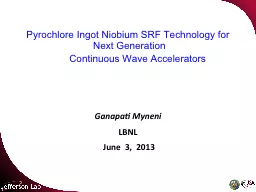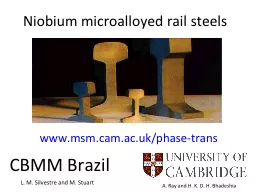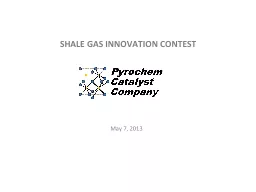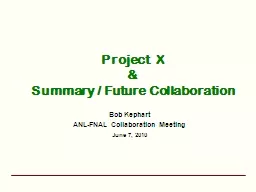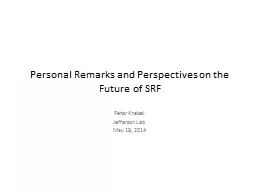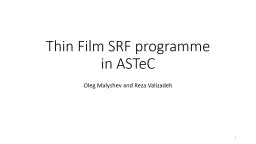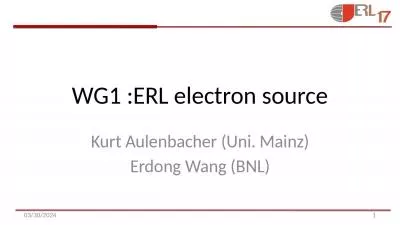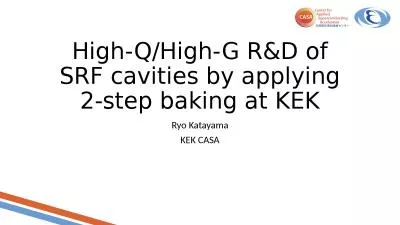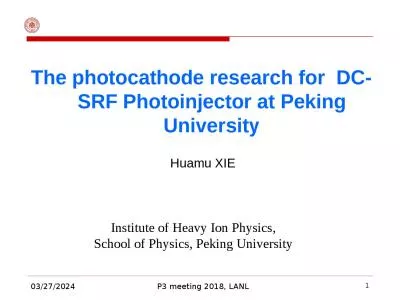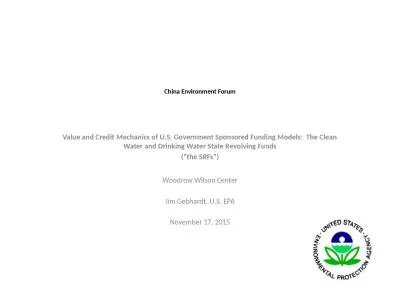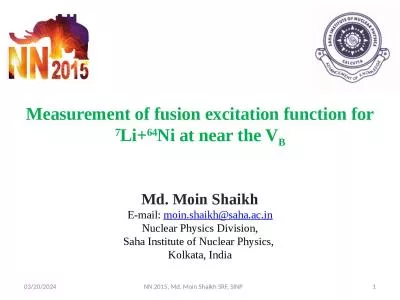PPT-Pyrochlore Ingot Niobium SRF Technology
Author : faustina-dinatale | Published Date : 2016-05-13
for Next Generation Continuous Wave Accelerators Ganapati Myneni LBNL June 3 2013 Overview Introduction Fine grain ingot niobium technologies Cavity
Presentation Embed Code
Download Presentation
Download Presentation The PPT/PDF document "Pyrochlore Ingot Niobium SRF Technology" is the property of its rightful owner. Permission is granted to download and print the materials on this website for personal, non-commercial use only, and to display it on your personal computer provided you do not modify the materials and that you retain all copyright notices contained in the materials. By downloading content from our website, you accept the terms of this agreement.
Pyrochlore Ingot Niobium SRF Technology: Transcript
Download Rules Of Document
"Pyrochlore Ingot Niobium SRF Technology"The content belongs to its owner. You may download and print it for personal use, without modification, and keep all copyright notices. By downloading, you agree to these terms.
Related Documents

